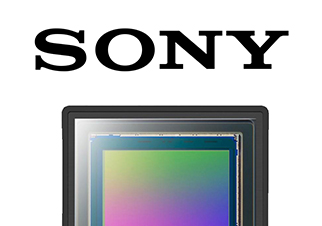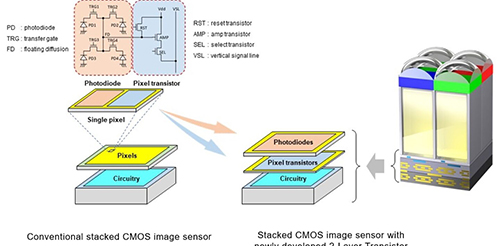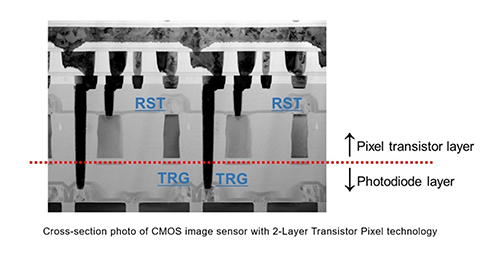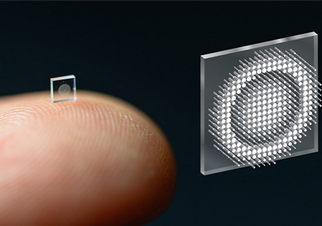The World Photography Organisation recently announced the shortlisted photographers in the Student and Youth competitions of the Sony World Photography Awards 2022. Winners of Student Photographer of the Year and Youth Photographer of the Year will be announced on 12 April and will go on display as part of the Sony World Photography Awards 2022 exhibition at Somerset House, London.
The Student shortlist showcases series of works by 10 students at leading international higher education institutions. For the 2022 competition, students were invited to submit a series of five to 10 images interpreting the brief Connections. The shortlisted entries have each been chosen for their nuanced and intelligent responses to this brief.
Connections to cultural identity and community are examined by several of the projects, such as The Identity of Holland by Ezra Bohm (The Netherlands, Nederlandse Acedemie voor Beeldcreatie) which focusses on the inhabitants of the Dutch village of Urk, the last people in the Netherlands to still wear traditional dress; Becoming South African by Aidan Murgatroyd (South Africa, Stellenbosch Academy of Design and Photography) follows the photographer’s journey in search of a greater understanding and sense of connection to his home country after prolonged absences; Theologians by Sergey Pronin (Russian Federation, Docdocdoc School of Modern Photography) captures participants seeking spiritual connection in the summer camp of St. Tikhon’s Orthodox University’s Theological faculty; The Butcher by Dennis Mubanga Kabwe (Zambia, Open Window University Zambia) spotlights a local butcher at work in the heart of the market-place; and Cariño by Chris Rosas Vargas (USA, Parsons), a series of sentimental portraits of public spaces in the Bronx and Harlem.
Elsewhere the series explore connections through representations of togetherness as in Tiramisu by Alexander Komenda (Canada, Aalto University, Finland) which depicts Komenda’s playful collaborations with fellow students to help pass the time during the lockdowns; and Disconnected by Oriel Naxhielly Martins (Armenia, ENFO Escuela De Fotografía, Argentina), where the photographer focuses on moments of physical intimacy and the struggle of coping with isolation during the pandemic.
Connections to the past, and to family history were also central to several of the projects including Connections by Sachi Deshmukh (India, Nuova Accademia di Belle Arti, Italy), which juxtaposes past and present through old photographs of her then newly married parents held by their now aged hands and linked together with red thread; Memories of Family by Xu Han (China Mainland, Nanjing University of the Arts) uses close-up abstract images of paint droplets and patterns to explore the photographer’s relationship with family; and Even When We’re Breathing, We’re Moving by Angela Stoll (Australia, University of Wollongong) examines the idea of movement as a passage of time through long-exposure black and white images of a dancer within an abandoned space.
The winner of Student Photographer of the Year 2022 will be selected from the ten students and announced on 12 April. Together with their university, the winner will be awarded Sony digital imaging equipment amounting to a combined total of €30,000. This year’s Student shortlist was judged by Colin Czerwinski, Founder of NOICE Magazine.
The Youth competition shortlist features seven category winners from June to December 2021, who each responded to a different monthly theme. Winner of the June competition, Elijah Baptiste (USA, 15 years old, Composition & Design) photographed his subject blindfolded and shot from below in black and white, emphasising the grace of his pose. Zinuo Shi (China Mainland, 17 years old, Street Photography) captures two women in conversation in a marketplace, while in the foreground the upside-down poster of a model gives a surreal edge to the picture. Emery Sanderson (Canada, 19 years old, Landscape) depicts a serene snowy scene, interrupted only by a solitary figure and the tracks they have left behind. Likewise, Cameron Borg (Australia, 17 years old, Culture & Travel) shows a lone human set against nature, this time a surfer photographed from above in the turbulent swell. Rayhan Mundra’s (USA, 15 years old, Wildlife & Nature) image displays a brown bear in the split-second moment of catching a salmon from a stream. Tri Nguyen (Vietnam, 18 years old, Portraiture) uses a street mirror to create a portrait from two angles, in the glow of the moonlight. Benjamin Joel (USA, 17 years old, Open Call) captured the strength and determination of a national fencing champion.
Youth Photographer of the Year is judged by Hideko Kataoka, Director of Photography at Newsweek Japan. The winner will receive a range of Sony digital imaging equipment to nurture their vision.
The overall winners in the Student, Youth, Open and Professional competition of the Sony World Photography Awards 2022 will be announced on 12 April 2022.
STUDENT & YOUTH COMPETITIONS 2022 SHORTLISTS
STUDENT COMPETITION 2021 SHORTLIST
Aidan Murgatroyd, South Africa
Stellenbosch Academy of Design and Photography
Alexander Komenda, Canada
Aalto University, Finland
Angela Stoll, Australia
University of Wollongong
Chris Rosas Vargas, USA
Parsons
Dennis Mubanga Kabwe, Zambia
Open Window University Zambia
Ezra Bohm, The Netherlands
Nederlandse Acedemie voor Beeldcreatie
Oriel Naxhielly Martins, Armenia
ENFO Escuela De Fotografía, Argentina
Sachi Deshmukh, India
Nuova Accademia di Belle Arti, Italy
Sergey Pronin, Russian Federation
Docdocdoc School of Modern Photography
Xu Han, China Mainland
Nanjing University of the Arts
YOUTH COMPETITION 2021 SHORTLIST
COMPOSITION & DESIGN: Elijah Baptiste, USA
STREET PHOTOGRAPHY: Zinuo Shi, China Mainland
LANDSCAPE: Emery Sanderson, Canada
CULTURE & TRAVEL: Cameron Borg, Australia
WILDLIFE & NATURE: Rayhan Mundra, USA
PORTRAITURE: Tri Nguyen, Vietnam
OPEN CALL: Benjamin Joel, USA
IMAGE CREDITS
LEFT TO RIGHT BY ROW:
© Ezra Bohm, The Netherlands, Student Shortlist, Sony World Photography Awards 2022
© Cameron Borg, Australia, Category Winner, Youth Competition, Culture & Travel, Sony World Photography Awards 2022
© Aidan Murgatroyd, South Africa, Student Shortlist, Sony World Photography Awards 2022
© Zinuo Shi, China Mainland, Category Winner, Youth Competition, Street Photography, Sony World Photography Awards 2022
© Oriel Naxhielly Martins, Armenia, Student Shortlist, Sony World Photography Awards 2022
© Xu Han, China Mainland, Student Shortlist, Sony World Photography Awards 2022
© Tri Nguyen, Vietnam, Category Winner, Youth Competition, Portraiture, Sony World Photography Awards 2022
© Chris Rosas Vargas, USA, Student Shortlist, Sony World Photography Awards 2022
© Elijah Baptiste, USA, Category Winner, Youth Competition, Composition & Design, Sony World Photography Awards 2022
© Sergey Pronin, Russian Federation, Student Shortlist, Sony World Photography Awards 2022
© Rayhan Mundra’s, USA, Category Winner, Youth Competition, Wildlife & Nature, Sony World Photography Awards 2022
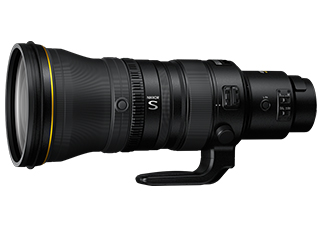

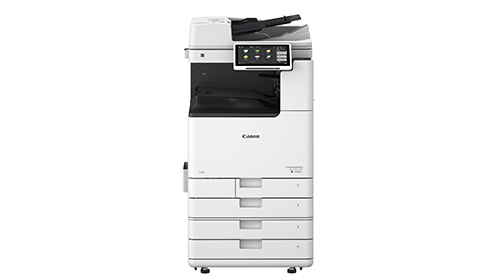
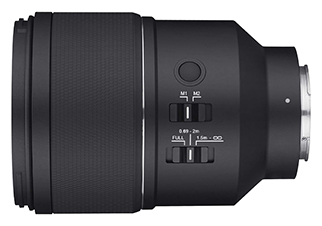
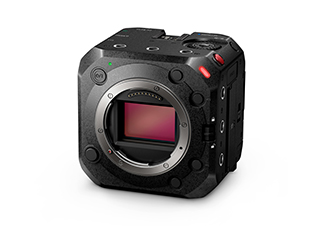




.jpg)
.jpg)
.jpg)
.jpg)
.jpg)
.jpg)
.jpg)
.jpg)
.jpg)
.jpg)
.jpg)
